Ask AI on The Internet
Question: 1000 WORDS INTRODUCTION TO ANALYSIS BY GAS CHROMATOGRAPHY: DETERMINATION OF ETHANOL CONTENT IN ALCOHOLIC BEVERAGES BY GAS CHROMATOGRAPHY . INTEXT REFERENCE
### Introduction to Analysis by Gas Chromatography: Determination of Ethanol Content in Alcoholic Beverages Gas chromatography (GC) is an analytical technique widely used for the separation, identification, and quantification of compounds that can be vaporized without decomposition. It is a powerful tool in both research and quality control within various industries, including environmental monitoring, pharmaceuticals, food and beverage industries, and forensic science. One of the significant applications of GC is the determination of ethanol content in alcoholic beverages, which is crucial for regulatory compliance, quality assurance, and consumer information. #### Principles of Gas Chromatography Gas chromatography operates on the principle of partitioning compounds between a mobile phase (carrier gas) and a stationary phase (a column with a solid or liquid coating). When a sample is injected into the chromatograph, it is vaporized and swept by the carrier gas (commonly helium, hydrogen, or nitrogen) through the column. As the sample travels through the column, its components separate based on their interactions with the stationary phase. Components with lower affinity for the stationary phase elute faster, while those with higher affinity elute slower. The separated compounds are then detected by a suitable detector, such as a flame ionization detector (FID), thermal conductivity detector (TCD), or mass spectrometer (MS). The detector response is recorded as a chromatogram, a plot of detector response versus time, from which the identity and quantity of the compounds can be determined. #### Determination of Ethanol Content in Alcoholic Beverages The determination of ethanol content in alcoholic beverages is essential for several reasons. Regulatory bodies prescribe specific labeling requirements that include the alcohol content. Consumers also need accurate information to make informed choices. Moreover, ethanol concentration is a critical quality parameter that affects the flavor and stability of beverages (AOAC, 2006). ##### Sample Preparation Sample preparation typically involves dilution of the beverage with a solvent, usually water or an internal standard solution, to ensure that the ethanol concentration falls within the detectable range of the GC system (Harris, 2010). The use of an internal standard, such as n-propanol or tert-butanol, helps in increasing the precision and accuracy of the quantification by compensating for any variations in injection volume and detector response. ##### Injection A small volume (usually 1-2 µL) of the prepared sample is injected into the GC system through an injection port. The injection port is typically heated to ensure rapid vaporization of the sample. Split or splitless injection techniques are often employed; split injection is used for high-concentration samples, while splitless injection is preferred for trace analysis (Skoog et al., 2013). ##### Separation The sample vapor is carried by an inert gas through the chromatographic column. Columns for ethanol analysis are generally packed with polar stationary phases, such as polyethylene glycol (PEG) or carbowax, which offer excellent separation of ethanol from other beverage components. ##### Detection A flame ionization detector (FID) is commonly used for ethanol detection. FID responds to organic compounds by producing ions in a flame, which generates a measurable current proportional to the concentration of the compound. The high sensitivity and linear response of FID make it suitable for ethanol quantification (McNair & Miller, 2009). ##### Quantification Quantification of ethanol is based on the comparison of the sample's peak area with that of a series of standard solutions of known ethanol concentrations. The use of an internal standard further refines this process by normalizing the response factors (Christian, 2013). Linear regression analysis of the standard curve allows for the determination of ethanol concentration in the sample. #### Application and Importance The application of GC in the determination of ethanol content in alcoholic beverages is pivotal for the following reasons: 1. **Regulatory Compliance**: Many countries have strict regulations about the permissible ethanol levels in beverages. Accurate quantification ensures that products comply with these regulations, avoiding legal issues and ensuring fair trade practices. 2. **Quality Control**: Consistent ethanol levels are vital for product quality. Over- or under-estimated ethanol content can affect the sensory properties and shelf-life of the beverage (Lachenmeier, 2007). 3. **Health and Safety**: Providing consumers with accurate information about ethanol content is essential for health and safety, helping consumers monitor and regulate their alcohol intake. 4. **Research and Development**: GC provides a robust platform for R&D, helping in the formulation of new products and the improvement of existing ones by allowing detailed analysis of ethanol content alongside other volatile compounds. #### Challenges and Advancements While GC is a robust and reliable technique, it does face challenges such as matrix effects, where other components of the beverage can interfere with the accurate quantification of ethanol. Advances in sample preparation techniques, such as solid-phase microextraction (SPME), have been developed to mitigate these effects (Pawliszyn, 2012). Technological advancements, such as the development of capillary GC columns and high-resolution mass spectrometry, have significantly enhanced the sensitivity, resolution, and speed of analysis. Automated sampling and injection systems have further streamlined the process, increasing throughput and reducing the potential for human error (Gross, 2017). #### Conclusion Gas chromatography remains a cornerstone technique for the determination of ethanol content in alcoholic beverages. Its high sensitivity, specificity, and robustness uphold its status as the method of choice for regulatory, quality control, and research applications. Continued advancements in GC technology promise to further refine and expand its capabilities, ensuring its relevance in the ever-evolving field of analytical chemistry. #### References - AOAC. (2006). Official Methods of Analysis (18th ed.). Association of Official Analytical Collaboration. - Christian, G. D. (2013). Analytical Chemistry (7th ed.). Wiley. - Gross, J. H. (2017). Mass Spectrometry: A Textbook (2nd ed.). Springer. - Harris, D. C. (2010). Quantitative Chemical Analysis (8th ed.). W.H. Freeman. - Lachenmeier, D. W. (2007). "Rapid Determination of the Alcohol Content of Alcoholic Beverages Using Capillary Electrophoresis," Analytical and Bioanalytical Chemistry, 388(1), 181-189. - McNair, H. M., & Miller, J. M. (2009). Basic Gas Chromatography (2nd ed.). Wiley. - Pawliszyn, J. (2012). Handbook of Solid Phase Microextraction. Elsevier. - Skoog, D. A., Holler, F. J., & Crouch, S. R. (2013). Principles of Instrumental Analysis (6th ed.). Brooks/Cole. This comprehensive overview highlights the critical aspects of using gas chromatography for determining ethanol content in alcoholic beverages, providing a solid foundation for further study and application in the field.
Think your answer is better than the AI's? Post it below.
Other Most Relevant Posts:
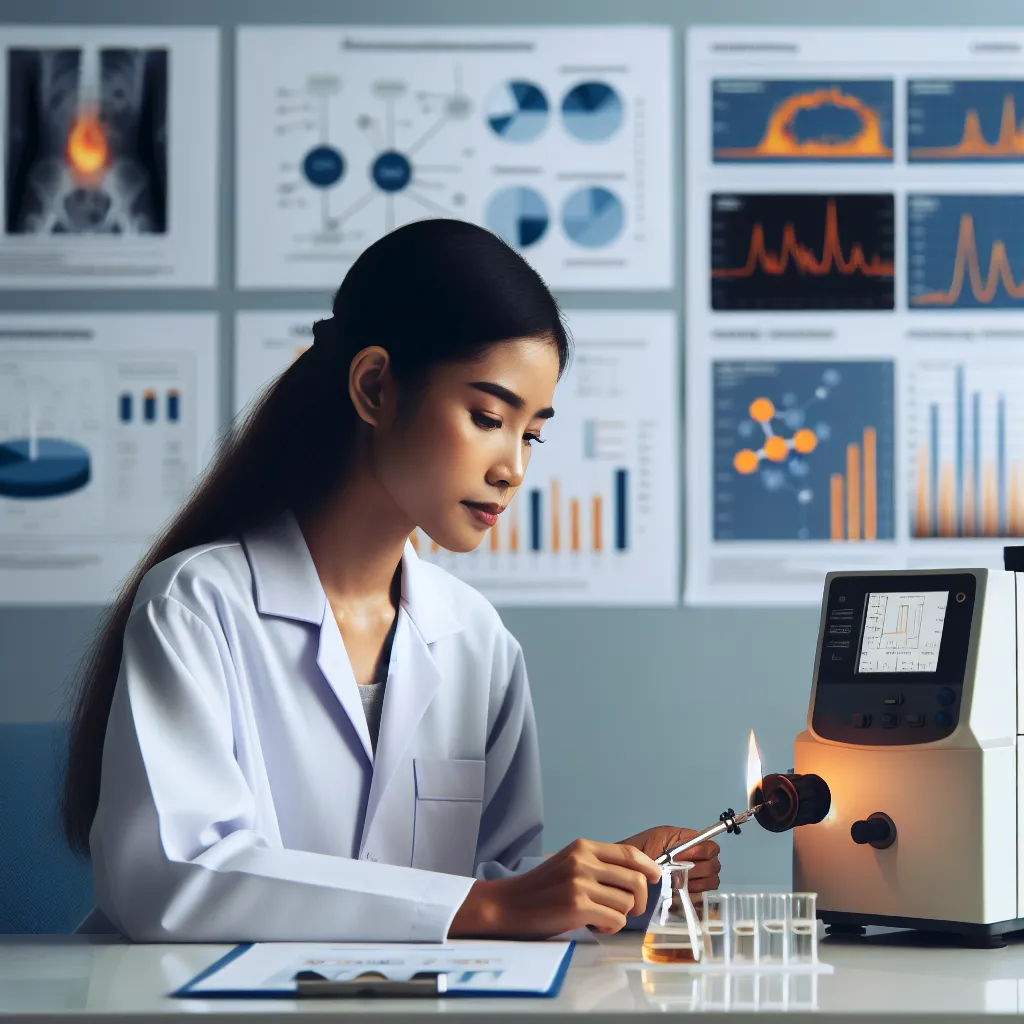 Ask AI: 1000 WORDS Determination of Iron or Copper using Flame atomic Spectrophotometer.INTEXT REFERENCE
Ask AI: 1000 WORDS Determination of Iron or Copper using Flame atomic Spectrophotometer.INTEXT REFERENCE
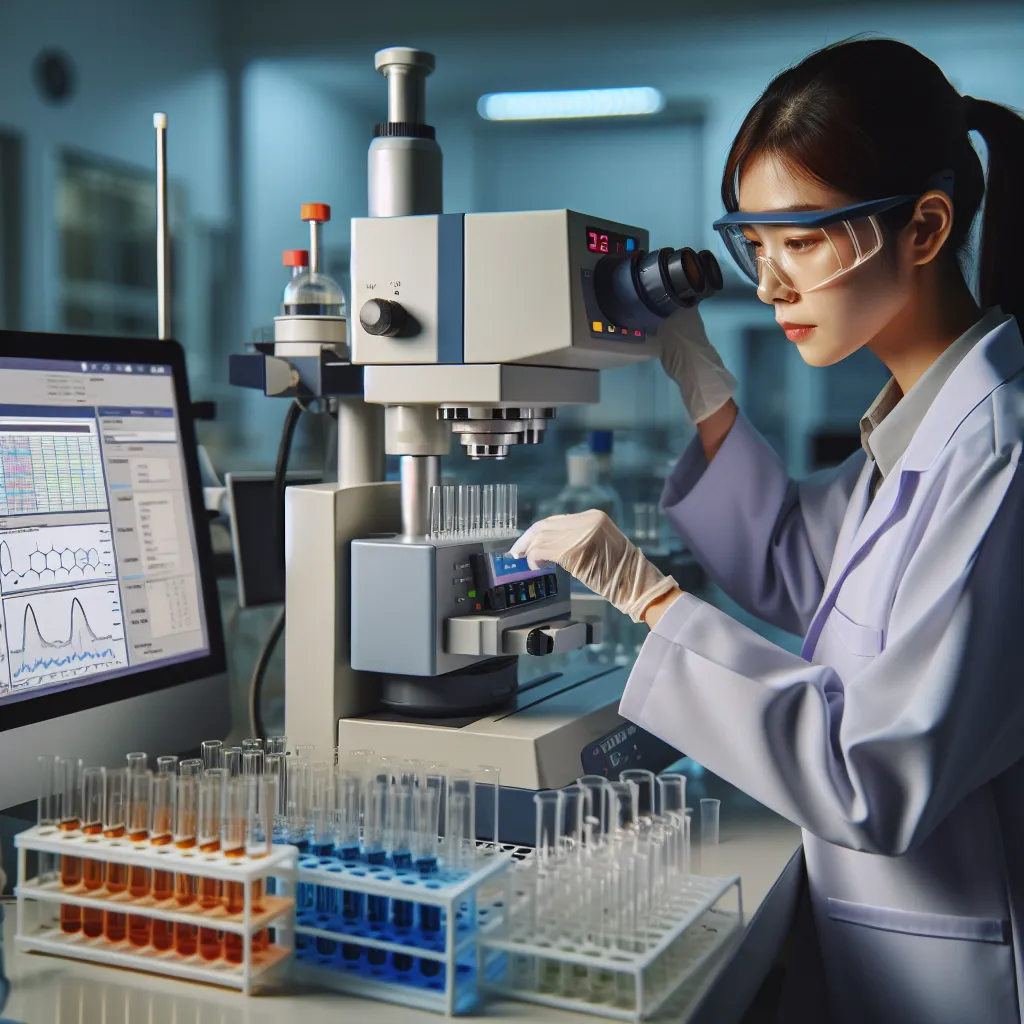 Ask AI: 1000 introduction to the Identification of different organic compounds using Infrared Spectroscopy. intext reference
Ask AI: 1000 introduction to the Identification of different organic compounds using Infrared Spectroscopy. intext reference
Question Tags
If you want your question answered by an AI, click here.
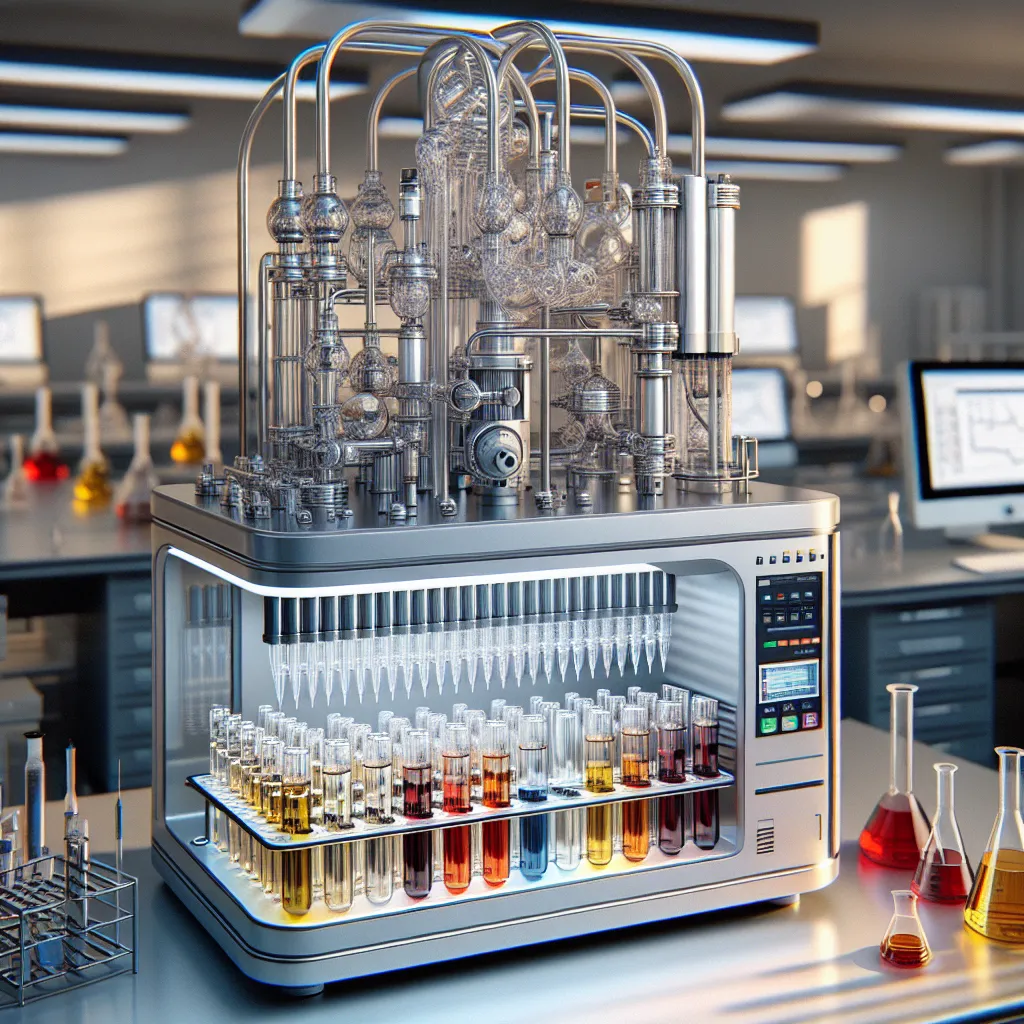
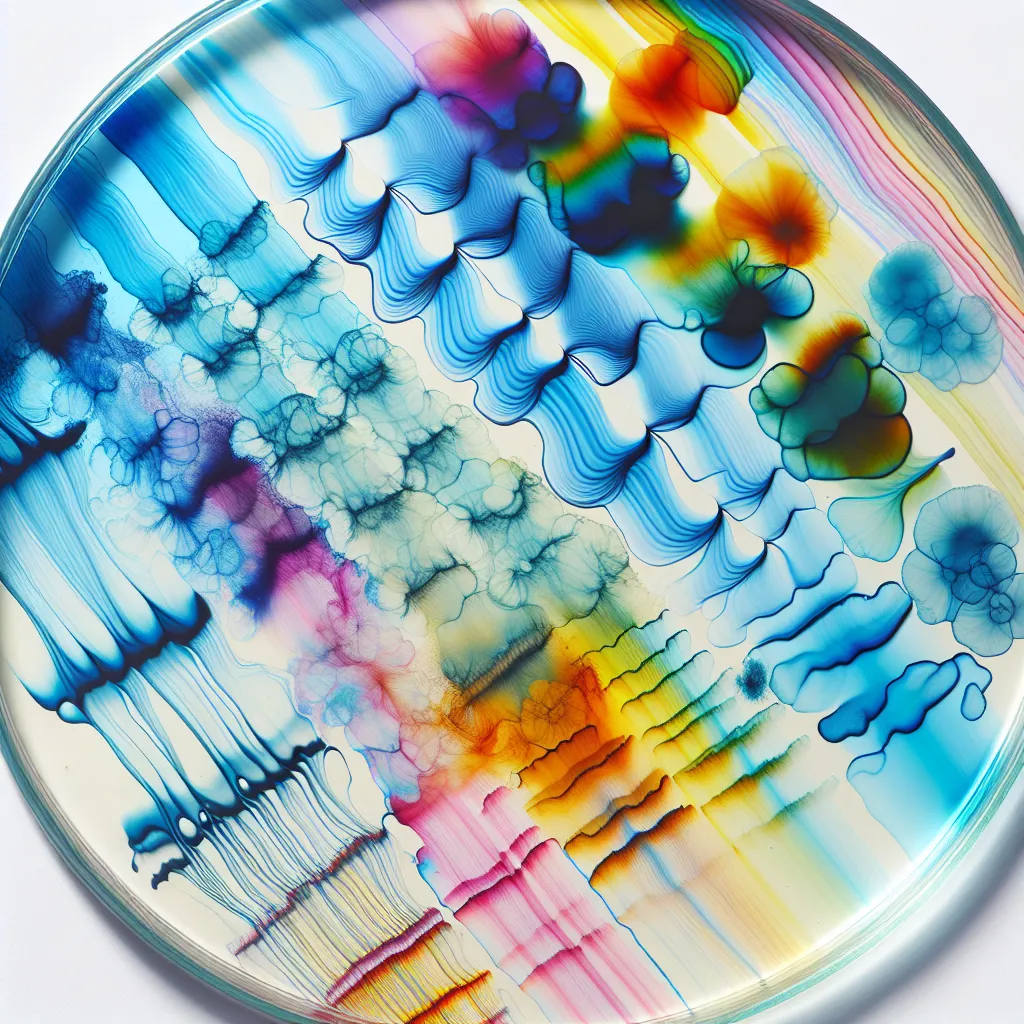


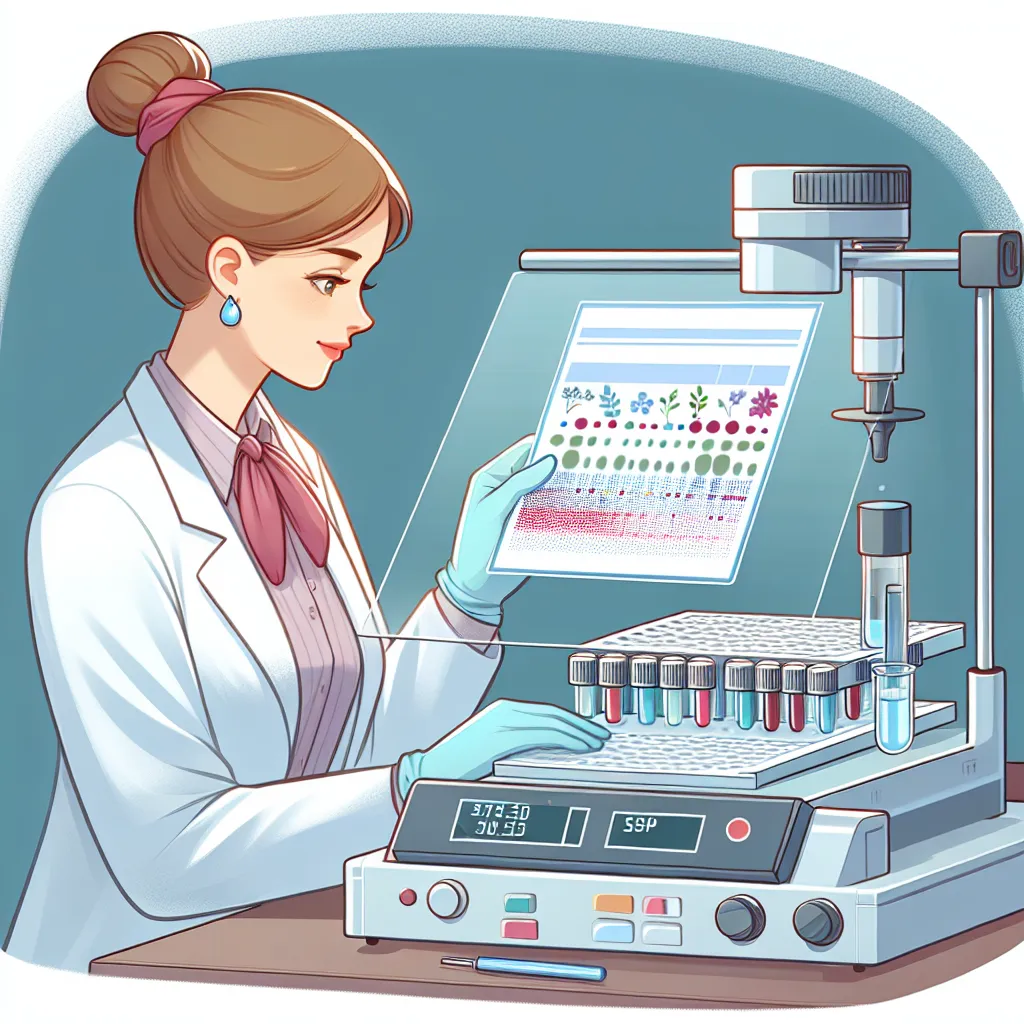
Post your own comment: